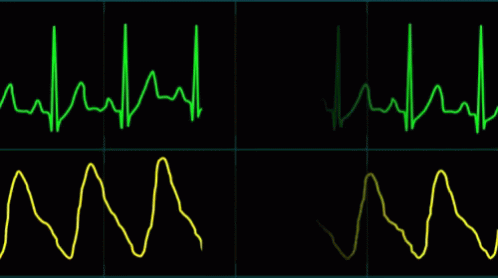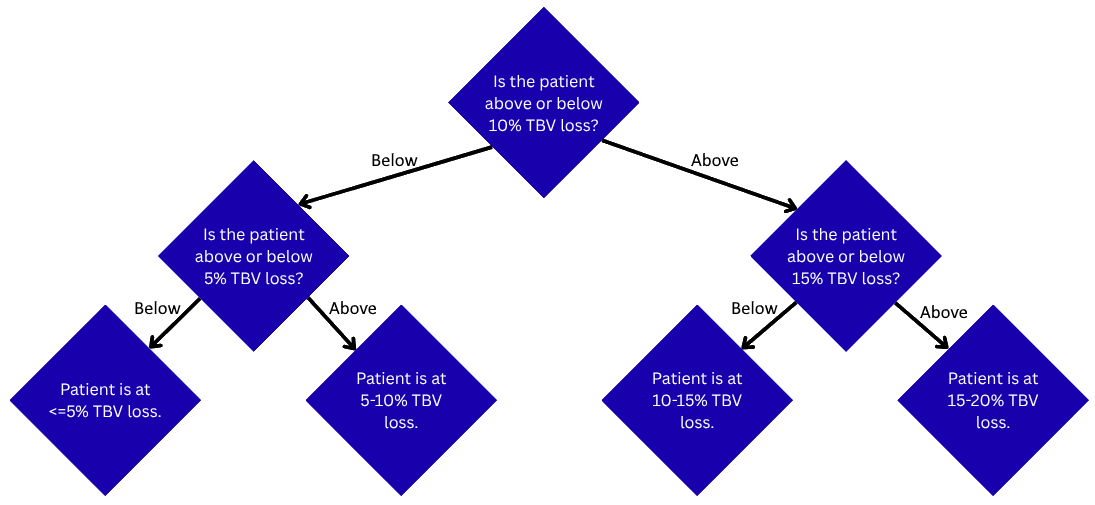Signals collected from physiological processes have been ubiquitous in medical settings since arguably the beginning of civilization, although rudamentary uses were not as visualizable as what technology allows today. For instance, it has long been common knowledge that the duration between a patient’s pulses correlates with certain bodily conditions, ranging from an infection to an underlying heart condition. Obviously, advances in medical science and methodology have revealed much more about the human body over the years, and the binary statuses of “healthy/ill” has been replaced with more sophisticated interpretations of internal bodily processes.

Figure 1: Example of electrocardiogram (commonly known as an EKG signal).
More recently, peripheral venous pressure (PVP) waveforms have been seen to be particularly sensitive to conditions in the cardiovascular system, such as dehydration and blood loss. Collecting PVP signals can be performed non-invasively with an external monitor, and they measure the relative pressure seen within a nearby vein. Taking a small time-domain window of a set duration (ex: 1 second or 10 seconds), a fast Fourier transform (commonly known as FFT) can be performed to get the frequency-domain representation of a subsection of the signal.
These PVP signals are information dense in the frequency domain, and an Elastic Net logistic regression model can be trained to detect the differences in frequency components between two distinct groups, enabling accurate prediction of the patient’s health, even when the patient’s data was not used to train the model.
Aside from being a useful tool for determining whether or not a patient is in a specific condition (hydrated vs. dehydrated, bleeding vs. stable, etc.), a decision tree can emerge as a result of performing incrementally more precise comparisons of frequency components. The implication of this is that one could feasibly design a multi-stage detector for any cardiovascular process that gets more specific as it goes, given the sufficient amount of training data for a desired resolution.

Figure 2: Decision tree for multi-stage total blood volume (TBV) detector.
Alternatively, Ordinal logistic regression allows for the detection of multiple levels in a single stage, at the expense of model specificity. Ordinal regression considers the status categories are ordered, tiered responses to the same bodily condition. As such, this method operates best when data trends in one specific direction. For instance, measuring total blood volume (TBV) loss at various stages (0,5,10,…,25%) enables direct categorization, but as the category count grows, each individual status becomes overall less likely.

Figure 3: Increasing from two to three categories for a single-stage detector decreases the accuracy of any one level.
At the time of writing this, the code included on GitHub can only perform the single-stage detection method, but implementing multiple layers is not fundamentally different; it simply performs prediction on the same frequency domain sample multiple times using different models. The code can be used to generate these models, and a user can save them and import them into another script.
While this strategy of using PVP signals is still fairly new, the potential benefit to the medical field should be apparent, and I hope that it eventually develops as a real tool for preventing complications in a clinical setting. If you are interested in using logistic regression models for your own detection project using PVP signals, feel free to look at the project code included above!
-JRW